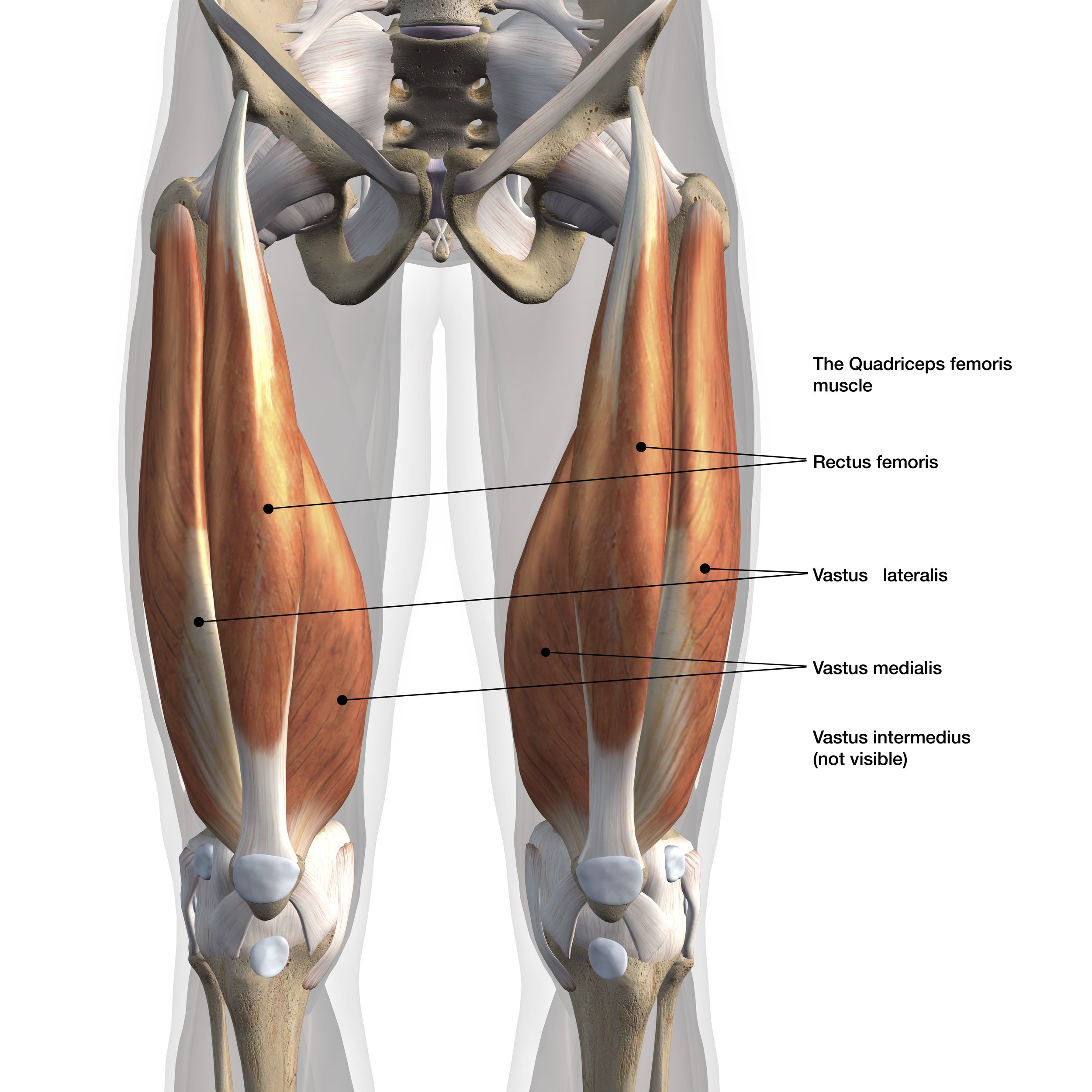Do I need stronger quads to fix my knee pain?
Is my knee pain coming from my quads?
Do I need to strengthen my quads for knee pain?
Many professionals will tell you that in order to avoid knee pain you need strong quadriceps muscles. Those professionals are usually physicians who aren’t specializing in knee injuries. Maybe they are Orthopedists, but I still hear and see written that the Orthopedist wants someone with rotator cuff problems to strengthen anterior deltoid muscle… that is also incorrect.
Anyway, does someone need to strengthen their quads to fix their knee pain?
Maybe.
Maybe not.
It depends on the reason you have the knee pain.
Do you have patellar tendinitis?
Do you have IT Band syndrome (Runner’s Knee?)
Is the pain in the front of your knee?
Is the pain in the side of your knee?
Is the pain on the inside or outside of your knee?
Is the pain in the back of your knee?
Did you recently have an injury or surgery?
Did you twist your knee?
There are so many questions to ask. For the most part I’m going to go ahead and say no you don’t need to only strengthen your quads to get rid of your knee pain.
It’s unlikely weak quads are causing your chronic knee pain, and even if it is weak quads causing your knee pain you shouldn’t only strengthen your quads.
Your body doesn’t work in singular movements, or only use a single group of muscles for tasks. Even when you go up stairs you aren’t only using quads.
Should you quads be strong, yes. But, they shouldn’t be the only focus of training when overcoming a knee problem.
Typically chronic knee pain is caused by something else: weak hips, tight calf muscles, weak core, weak calf muscles, weak or tight hamstrings… just to name a few.
Quadriceps muscles straighten the knee and control a knee from bending too much.
Think of kicking your leg straight out from sitting in a chair. Your quads did that.
Think if you jump and land, you bend your knees a little and don’t just collapse and your legs give way on you… your quads do that control.
When someone has knee pain I recommend they strengthen the body as a whole, or at least their lower half as a whole. Strengthen training your upper body won’t have a direct effect on your quads… strengthening your upper body for an activity like running would have an impact on your running and endurance, and indirectly take some stress off your knee. Though, that’s another topic for another day.
So what kinds of things can someone do to strengthen their lower half as a whole?
I recommend thinking of all the directions your lower body can go:
Your trunk can twist, bend sideways, bend forward and back.
Your hips can rotate in and out, go out to the side and across the body, forward and backward.
Your knees can bend and straighten.
Your feet can move up and down (forward and back), roll in and out, and slide in and out.
You need to strengthen in all the directions your body parts go.
If you choose just a few motions you are missing out on some parts of the body and you won’t have an all encompassing strength routine.
Why does it matter to strengthen all those muscles of the legs for knee pain?
Because your muscles work together. Remember when I said the muscles don’t work by themselves? Well when you go to move your body some muscles do the majority of the work, some of the muscles do some of the work, and some of the muscles stabilize something else so the majority muscle group can do the majority of the work. If you miss out on strengthening all the muscle groups then the stabilizers may be weaker and the muscles that do the majority of the work can’t work effectively because they have to make up for the lack of stabilization from the other groups.
This can leave you prone to injury or overuse.
So yes and no you need to strengthen your quads for your knee pain.
You need to incorporate quad strengthening into your all encompassing lower body strengthening routine.
If you’re looking for knee pain relief check out this free guide I created just for you
